
Irukandji Jellyfish
The Irukandji jellyfish is a small species with a bell-like feature measuring only 1 cm in diameter and four delicate tentacles extending up to a meter in length. Its translucent bell-like part is almost entirely transparent, making it difficult to spot in the water.
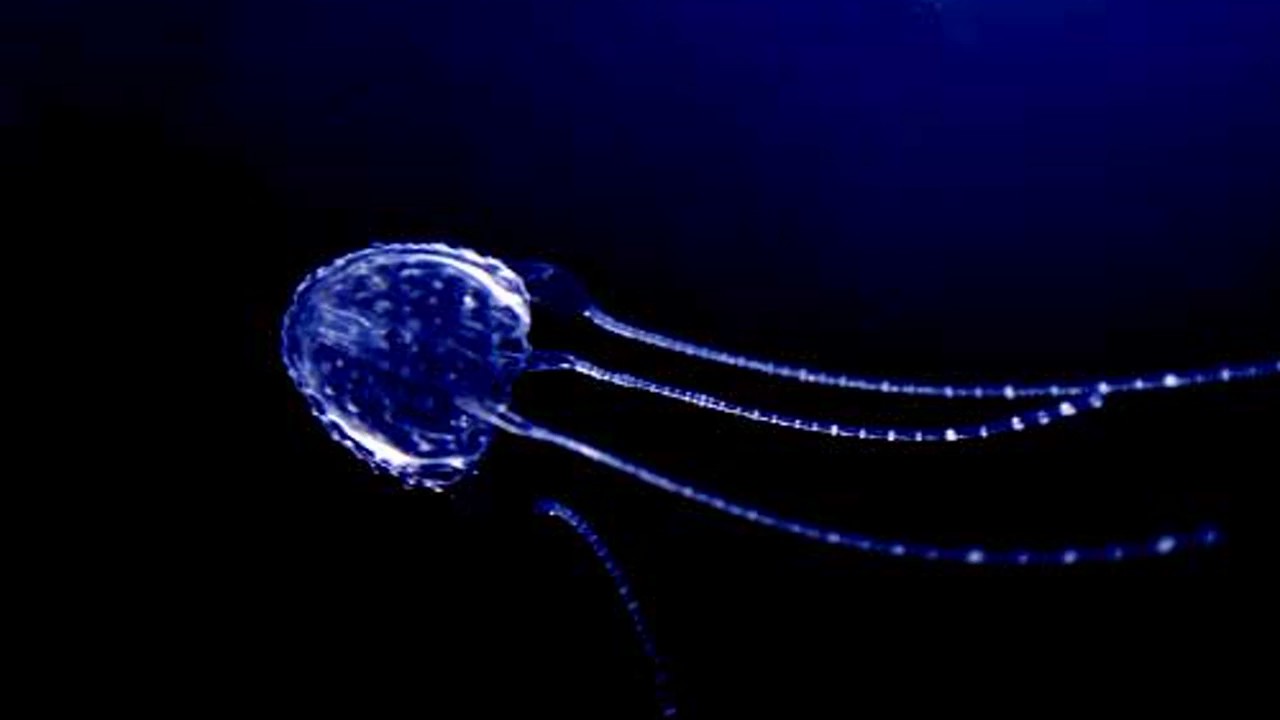
Irukandji Jellyfish discovered off Fraser Island Pat Callinan's 4X4 Adventures
The research could be used to develop forecasting systems to keep swimmers safe. Irukandji syndrome, which occurs after a jellyfish sting, ranges in severity but can be fatal. Griffith University.
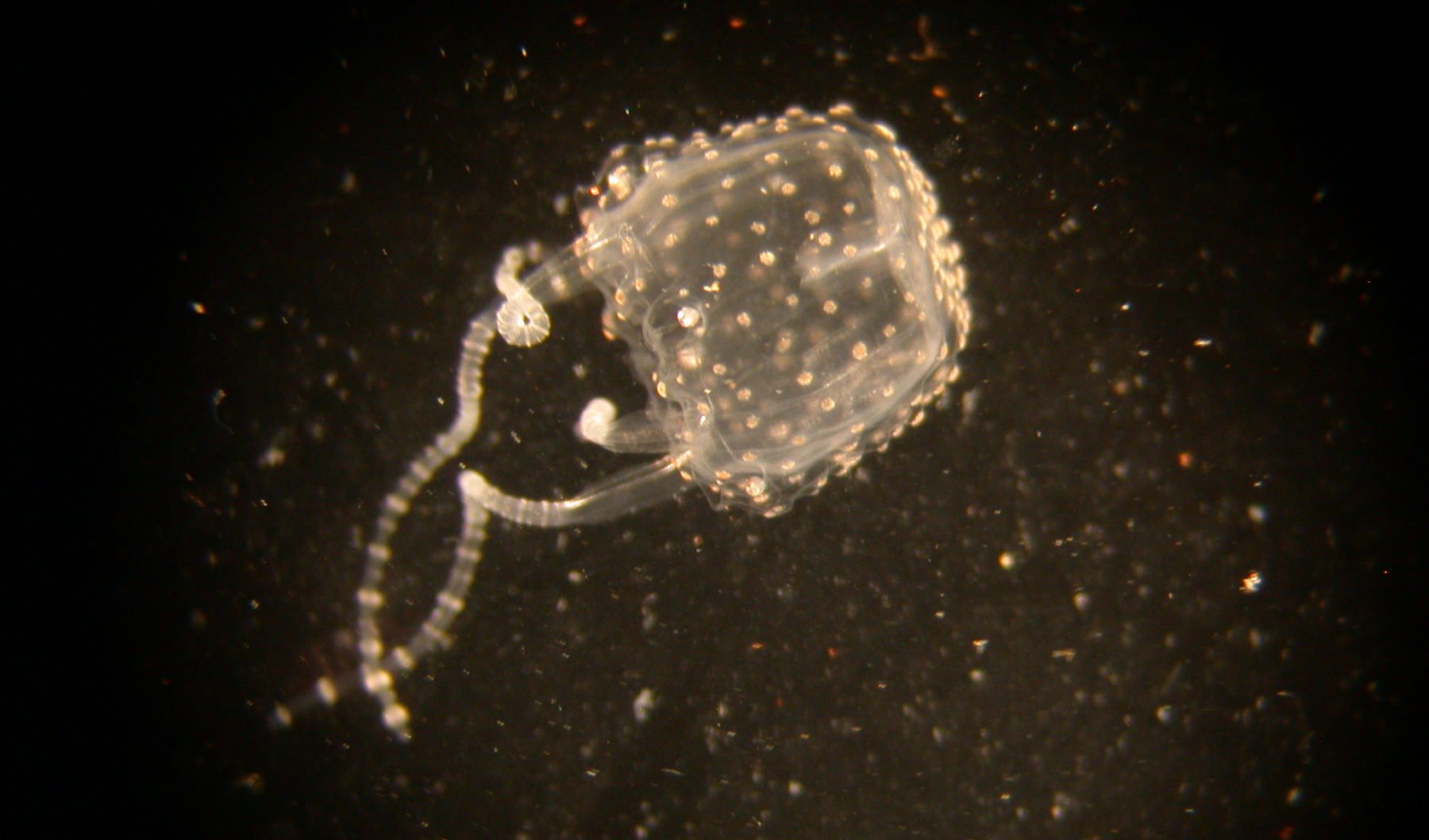
Irukandji Australian Geographic
This family has a wide range in bell size with "the smallest only 6-8mm," which is right where our Carukia barnesi fits in! These organisms are also characterized by their transparent bells.. in 1956, discovered this organism that causes true Irukandji syndrome (whereas other jellyfish can cause some similar symptoms, but not all the.

Irukandji Deadly jellyfish headed for Gold Coast, threat to tourism
It is recommended as an adjunctive treatment for pain and hypertension in Irukandji syndrome by the Queensland Irukandji Taskforce. The combination of appropriate analgesia and benzodiazepines will usually resolve hypertension associated with Irukandji syndrome.

Improving prediction of deadly Irukandji jellyfish blooms CSIROscope
The Irukandji is small and solitary species of sea jellies, occupying deeper offshore waters.
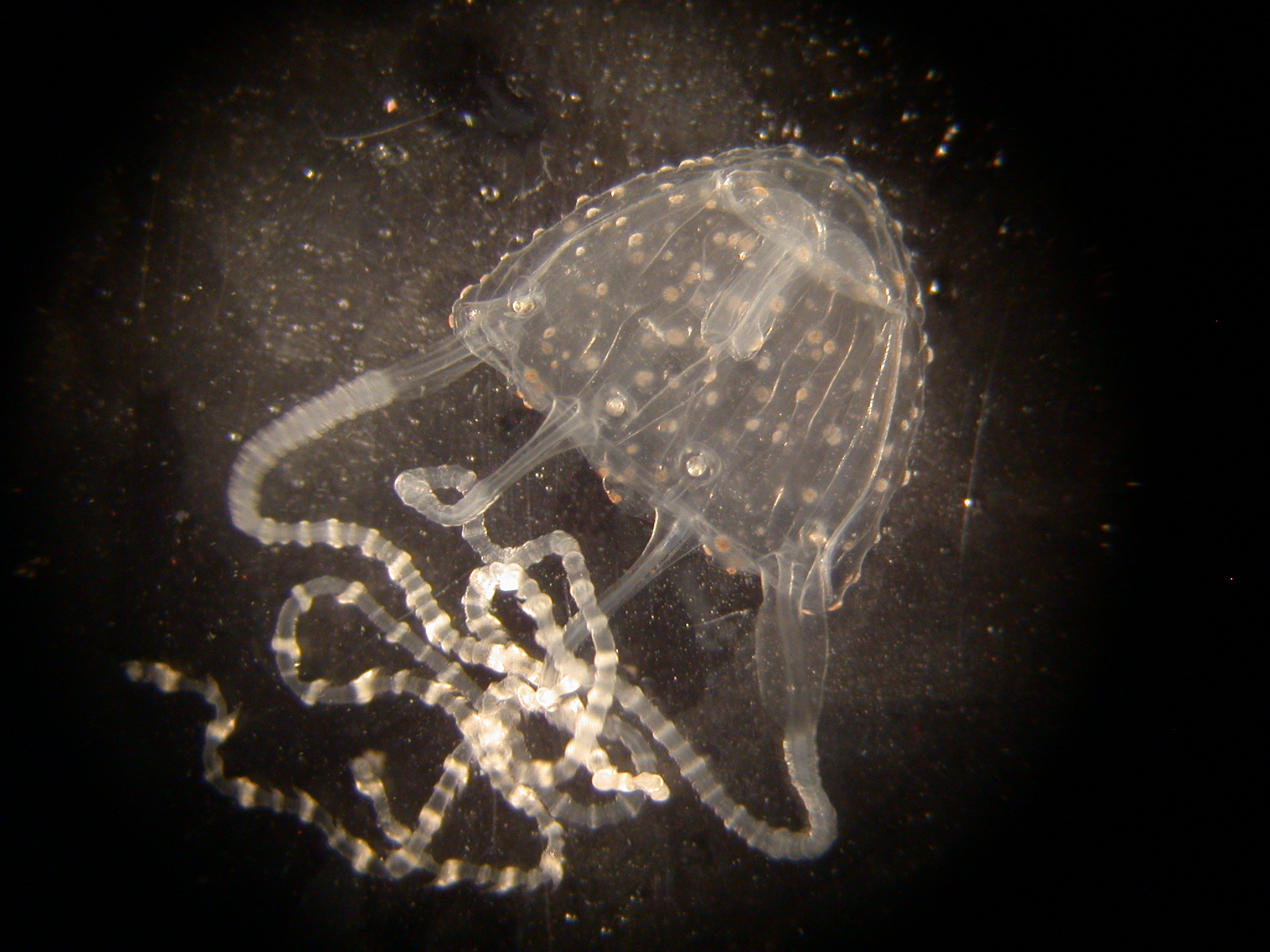
An adult Irukandji jellyfish (Carukia barnesi) that periodically infests North Queensland
Irukandji jellyfish are a very small, transparent cubozoan jellyfish found in the waters across Australia's Northern and Eastern coast. They are the smallest jellyfish in the world - yet have some of the most potent venom. What makes them particularly dangerous is their relatively small size.
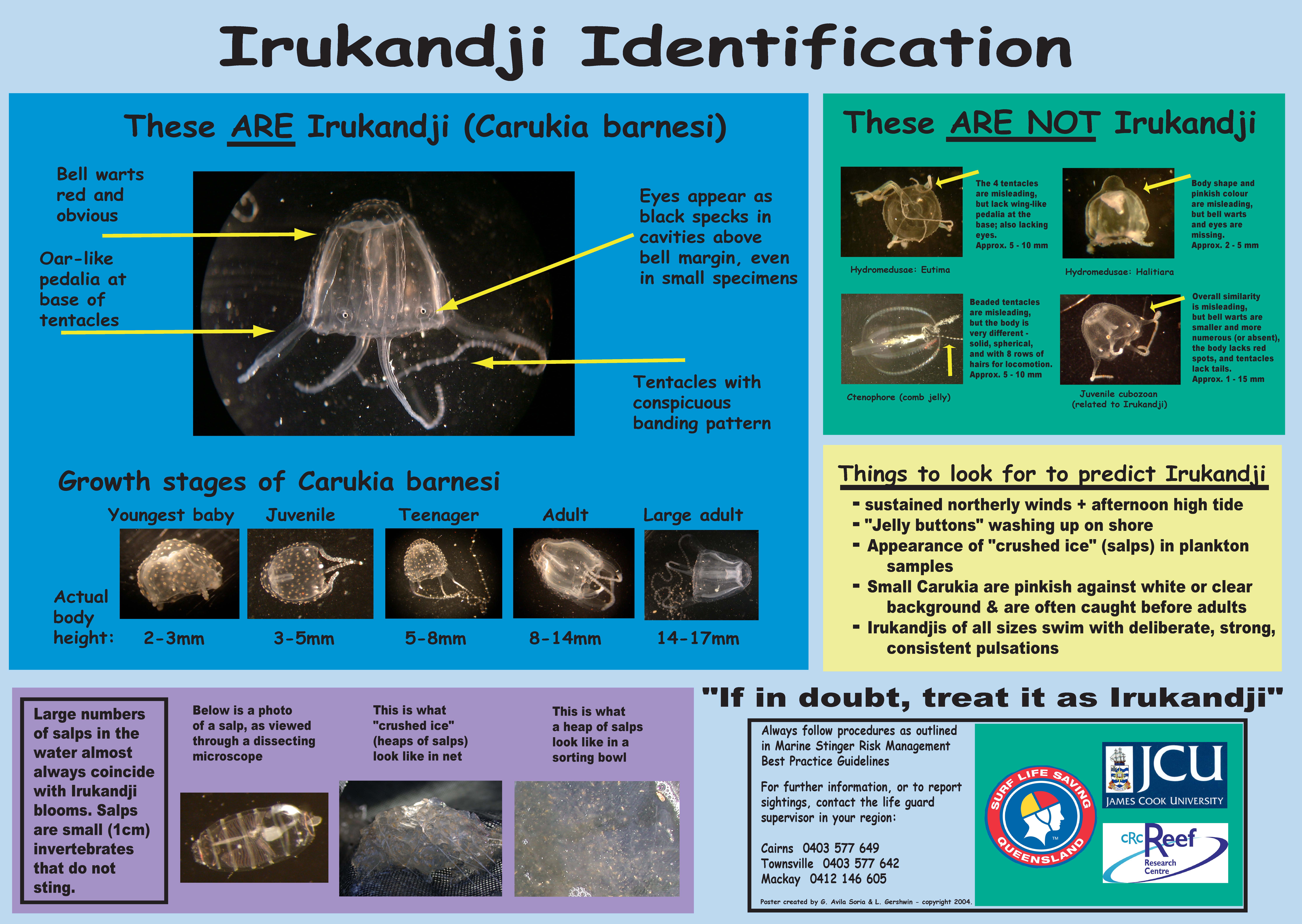
Box Jellyfish & Irukandji Australia Stinger Season What You Should Know
Irukandji jellyfish represent the world's smallest jellyfish, ranging in size from 0.8 to 1.4 inches in diameter, as well as one of the most venomous. Their bodies are colorless and transparent.

Why we don’t know if Irukandji jellyfish are moving south Griffith Sciences Impact
Irukandji syndrome is a condition that results from envenomation by certain box jellyfish. [4] In rare instances the sting may result in cardiac arrest and death. [5] The most common jellyfish involved is the Carukia barnesi, a species of Irukandji jellyfish. [4] Those stung may experience severe or even excruciating pain.

Two New Extremely Venomous Irukandji Jellyfish Discovered in Australia rakerum
Like most jellyfish, the Irukandji is transparent, but it's tiny - no more than 2.5cm wide - so you're unlikely to see it coming and stay out of its way. And even if you did, those tentacles are extendable, reaching out to four times their relaxed length.

Irukandji jellyfish ABC News (Australian Broadcasting Corporation)
Irukandji Jellyfish The species was discovered when a scientist purposely got stung and stung his 9 year old son to study the venom Continue Reading after the facts. Advertisement Irukandji Jellyfish Scientific Classification Kingdom Animalia Phylum Cnidaria Class Cubozoa Order Carybdeida Family Carukatiidae Genus Carukia Scientific Name
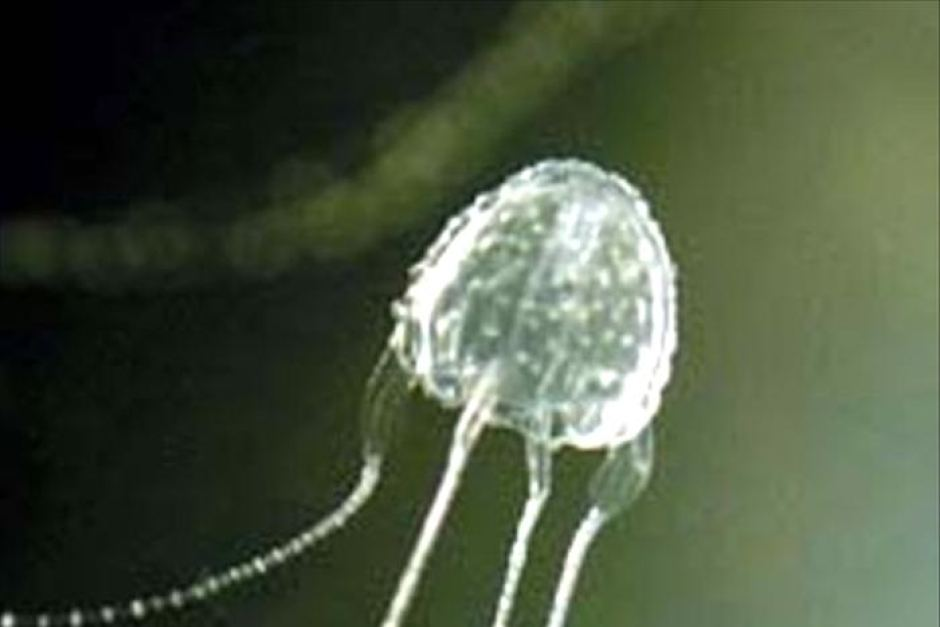
Irukandji jellyfish discovery off Fraser Island Dispatch
The family of jellies sport bells upto three centimetres long, but it's stings from their sometimes metre-long wispy tentacles (typically used to incapacitate prey) that can cause serious reactions and sometimes fatalities. Jellyfish account for more than 80 known deaths since 1883.

You Should Know "Weight of Average Irukandji Jellyfish"
At only 1 - 2cm in diameter the Irukandji may be the smallest jellyfish in the world but its tiny size doesn't take away from a reputation as one of the deadliest creatures of Tropical North Queensland's coastal and reef waters. But is this status really warranted? No it is not!

Ninth Irukandji sting on Fraser Island News Mail
australian native Habitat Carukia barnesi, unlike its congener Chironex fleckeri, is typically found in deeper waters along reefs. ( "Irukandji syndrome", 2009; "Great Barrier Reef - Irukandji", 2010; Ávila-Soria, 2011) Habitat Regions saltwater or marine Aquatic Biomes reef coastal Range depth near surface to 10-20 m to ft
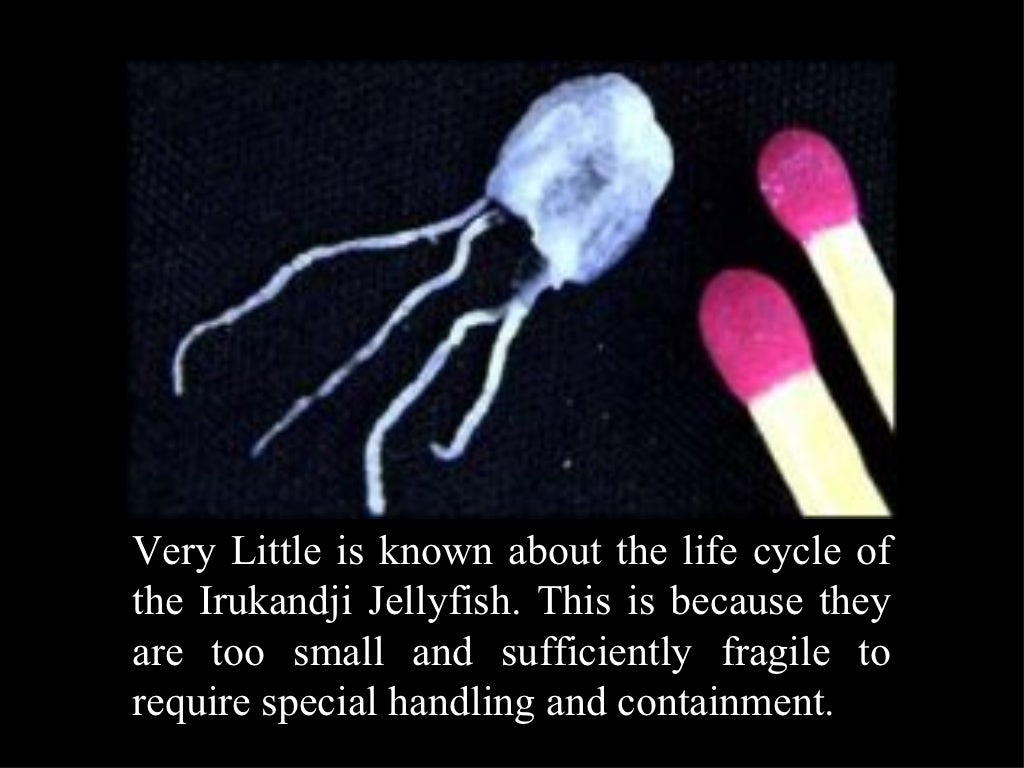
Irukandji Jellyfish
The Irukandji jellyfish ( / ɪrəˈkændʒi / irr-ə-KAN-jee) are any of several similar, extremely venomous species of rare jellyfish. With a very small adult size of about a cubic centimetre (1 cm 3 or 0.061 in 3 ), they are both the smallest and one of the most venomous jellyfish in the world.
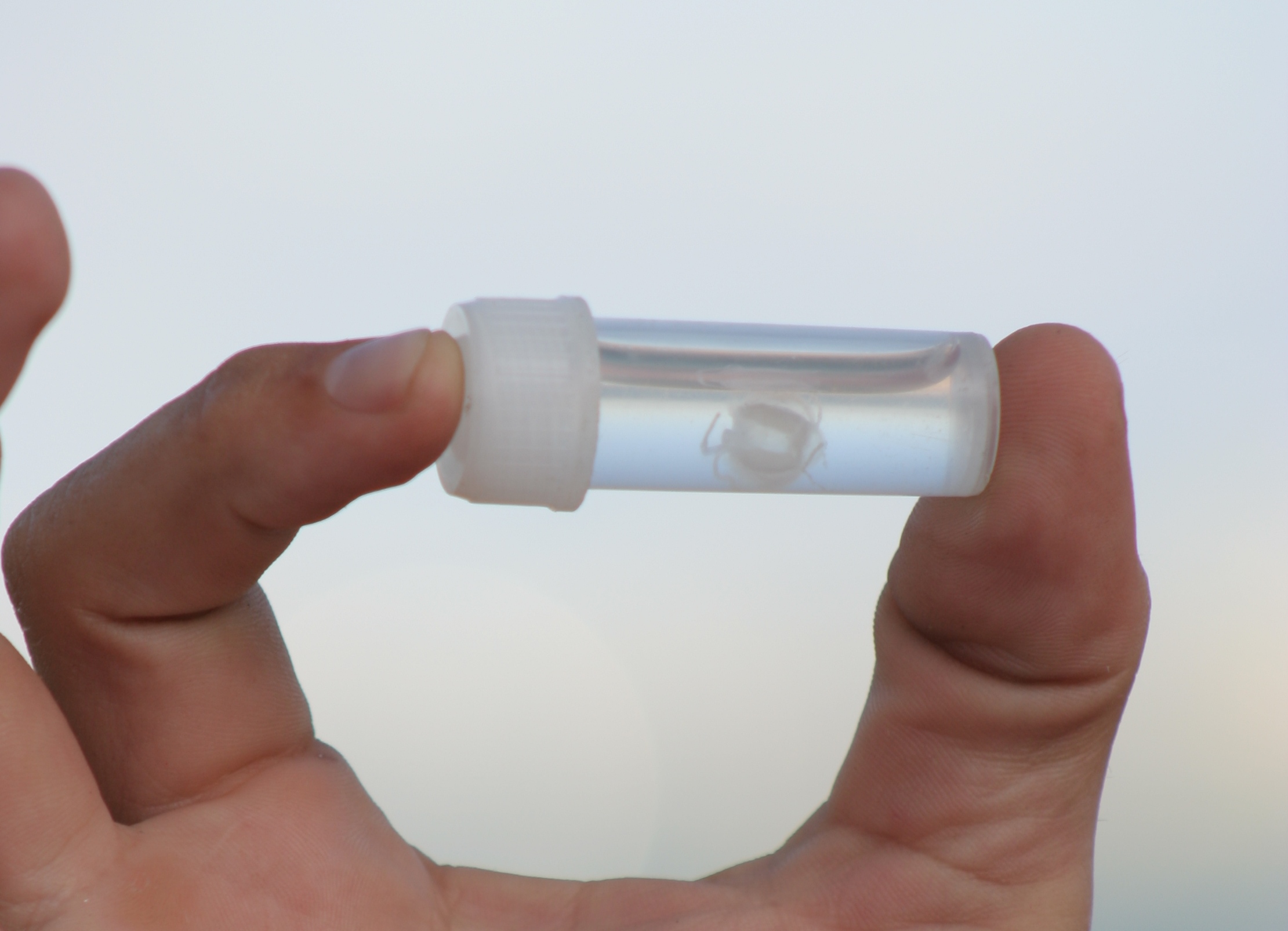
5 Deadly Tiny Creatures The life pile
The 'Irukandji' jellyfish (Carukia barnesi) is well known for its small size, cryptic nature, and highly venomous sting. Being the namesake of the Irukandji syndrome, contact with this marine stinger often leads to hospitalization and can be fatal.. The size frequencies of 91% of all jellyfish captured fell between 6 and 16 mm with a.

Irukandji syndrome warning after Ningaloo jellyfish sighting The West Australian
The venom of Irukandji box jellyfish (Malo spp.), the smallest jellyfish in the world with an average size of only one centimeter, have been proven fatal to humans (SF Fig. 3.3).Although the main bell of the box jelly is about the size of a sugar cube, its stinging tentacles can stretch for one meter (SF Fig. 3.4) The venom of Irukandji jellies, which are found off the coast of Australia, acts.